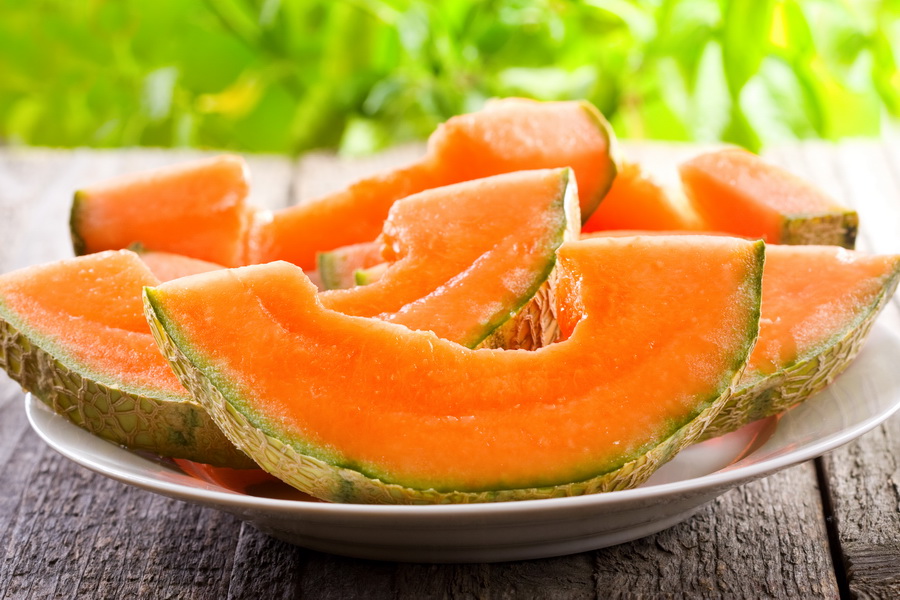Tajik Sweets

Tajik sweets have long been loved in Tajikistan. Previously fruits and melons were the dessert of choice and were even dried so as to be enjoyed during winter. Today, dried fruits are often served as a dessert at special meals. Those with a sweet tooth will love dried fruits dipped in chocolate, while those who prefer the healthier alternative can eat them in their original form.
Mulberry halva bars are a healthy and tasty Tajik traditional sweet. The mulberries are harvested in season and mixed with nuts, dried apricots and honey.
Pilita are sweet Tajik cookies. To prepare, the yeast dough is divided into equal pieces and rolled into long strips which are braided into a pigtail (three strips in each) and thrown into hot oil. Once it has cooked and cooled, the pastries are sprinkled with powdered sugar.
Halvaitar (halvoitar) is a traditional dessert made by heating lamb fat or butter in a pot and slowly adding sugar as the mixture is stirred continuously. When the sugar turns brown, flour and sometimes chopped nuts are mixed in. The resulting mixture is poured into moulds. After the halvaitar hardens it is cut into squares, triangles or rhombuses.
Nishallo (nishollo) consists of egg whites which are beaten with sugar and soap root to form a white, airy mass similar to marshmallow crème.
Pichak (parvarda) are homemade Tajik sweets made from flour and sugar.
Fatirmaska (changoli) is prepared from a flaky pastry, ghee and melon or grapes. The pastry and ghee are mixed, formed into a mound and given indentations in which the fruit is placed.
Noshhafpa is a sweet soup made from dried apricots and flour. It is usually prepared in winter and only eaten when someone is recovering from a cold.
Pashmak is another Tajik sweet made from flour halva which is mixed with sugar, flour, ghee, citric acid and water. When finished, pashmak resembles a skeen of yarn.

